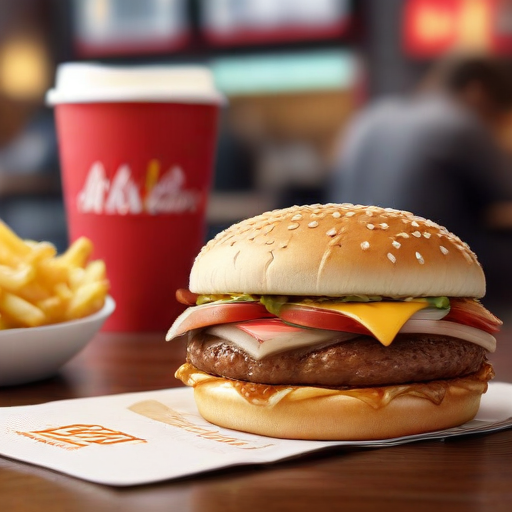McDonald’s is anticipating modest profits from its $5 meal deal, potentially netting between 1% and 5% profit margins or about $0.05 to $0.25 per bundle sold, according to restaurant analyst Mark Kalinowski. This meal promotion is part of the fast-food giant’s strategy to attract consumers who are feeling the pinch from inflation and encourage them to purchase additional items during their visit.
While the $5 deal aims to drive customer traffic, its profitability hinges on various factors such as ingredient costs, labor, and overhead expenses. Arlene Spiegel, president of Arlene Spiegel & Associates, indicated that the deal is crafted more as a promotional strategy than a pathway to significant profit.
Interestingly, around 95% of McDonald’s outlets are franchise-owned, meaning individual owners are responsible for their pricing structure and must also manage expenses like rent, insurance, and taxes. Franchisees often utilize promotional offers like the $5 meal to offset these overhead costs, as noted by McDonald’s U.S. president Joe Erlinger.
Spiegel argues that once costs related to labor, packaging, and marketing are considered, franchise owners may end up with little to no profit from the deal. However, the initiative may still succeed in attracting diners back into McDonald’s locations, leading to increased sales of other menu items in the long run.
This scenario emphasizes how businesses can strategically leverage promotions to bolster customer footfall, even amidst challenging economic circumstances. The attempt to engage inflation-weary consumers reflects an adaptive approach to a shifting market, suggesting a resilience that could benefit McDonald’s in the future.
In summary, while the $5 meal deal might not be a major profit driver for McDonald’s or its franchisees, it represents a strategic move to bring customers back into stores during a tough economic climate, opening opportunities for additional sales.
